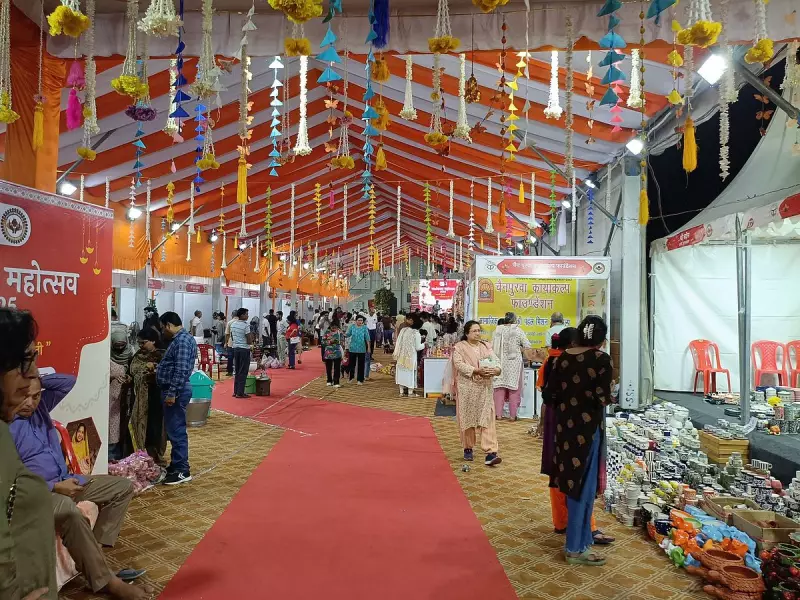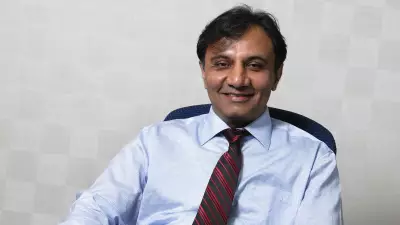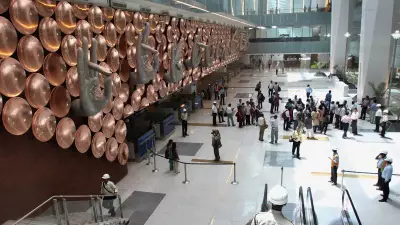
In a spectacular display of India's rich cultural heritage meeting economic opportunity, the Mati Kala Fairs have rewritten record books with staggering financial success. These government-supported tribal art exhibitions have generated an astonishing over ₹420 crore in transactions, marking a watershed moment for rural artisans and the handicraft sector.
Unprecedented Economic Impact
The numbers tell a compelling story of growth and opportunity. With more than 1.5 lakh tribal artisans participating across various exhibitions, the fairs have become a powerful engine for rural economic development. The sheer scale of participation underscores the growing recognition of India's indigenous art forms in domestic and international markets.
Government Initiatives Driving Success
This remarkable achievement stems from strategic government interventions through TRIFED's various programs. Key initiatives that fueled this success include:
- Mati Kala Fairs: Providing direct market access to tribal communities
- Aadi Mahotsav: Celebrating tribal culture and craftsmanship
- VAN DHAN: Creating sustainable livelihood opportunities
- Tech-driven platforms: Connecting artisans with global buyers
Transforming Tribal Livelihoods
The record-breaking sales figures represent more than just numbers—they signify transformative change in the lives of tribal artisans. By eliminating middlemen and creating direct market linkages, these fairs ensure that a larger share of revenue reaches the actual creators, substantially improving their economic conditions and preserving traditional art forms for future generations.
Sustainable Development Model
The success of Mati Kala Fairs demonstrates a sustainable model for rural development that combines cultural preservation with economic empowerment. This approach not only generates immediate financial benefits but also creates long-term value by keeping traditional skills alive and relevant in contemporary markets.
As India continues to champion its diverse cultural heritage, the Mati Kala Fairs stand as a shining example of how traditional arts can become powerful vehicles for economic growth and social transformation.





